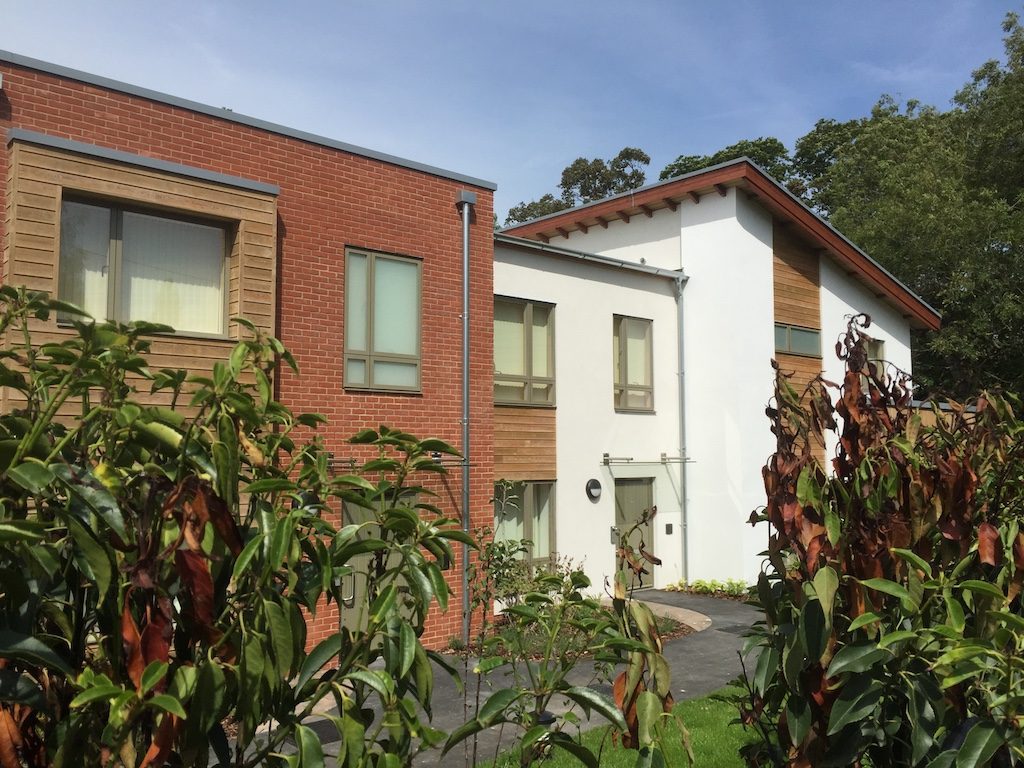The powder coating thickness on aluminium surfaces plays a crucial role in determining the coating’s effectiveness and longevity. Too thin a coating might lead to insufficient coverage and reduced protection against environmental factors like corrosion, UV exposure, and moisture. On the other hand, excessive coating thickness can result in various issues, including cracking, poor adhesion, and uneven finish, compromising aesthetics and performance.
Determining Optimal Powder Coating Thickness for Different Applications

The optimal powder coating thickness can vary depending on the specific application and industry requirements. Several methods are employed to ensure that the desired thickness is achieved consistently:
- Manufacturer Recommendations: Powder coating manufacturers often provide guidelines for the recommended thickness of their products. These guidelines are typically based on extensive testing and experience with various substrates, including aluminum.
- BSI Standards: The British Standards Institution (BSI) has established standards, such as BS EN ISO 2178:2016, that outline procedures for measuring the thickness of a powder coating layer. These standards help ensure uniformity and adherence to quality benchmarks in the UK market. Additionally in the UK, it is Qualicoat Specifications we adhere to as an approved colour applicator.
- Instrumental Measurement: Specialized instruments like coating thickness gauges are used to measure the thickness of powder coatings accurately. These tools provide real-time measurements, helping operators maintain consistency during application.
Impact on Performance and Appearance
A balanced powder coating thickness directly affects both the performance and aesthetics of the finished aluminum product:
- Corrosion Resistance: A proper coating thickness acts as a protective barrier against corrosive elements. Insufficient thickness can lead to premature corrosion, compromising the aluminum’s structural integrity.
- Aesthetic Appeal: Achieving the right coating thickness contributes to a smooth, even finish that enhances the visual appeal of the aluminum product. Overly thick coatings can result in an uneven texture and finish, diminishing the product’s appearance.
- Flexibility and Durability: Optimal thickness ensures flexibility and durability. If the coating is too thin, it may be prone to cracking and chipping under stress. Conversely, excessive thickness can result in reduced flexibility and increased brittleness.
Get help and advice on your powder coating requirements. Contact us today
Powder coating thickness is a critical parameter when dealing with aluminum substrates, influencing both the performance and appearance of the finished product. Striking the right balance is key to ensuring effective protection against environmental factors while maintaining an attractive, uniform finish. By adhering to manufacturer recommendations, industry standards, and utilizing accurate measurement tools, manufacturers can consistently achieve the sweet spot of powder coating thickness. This, in turn, leads to aluminum products that not only look great but also stand the test of time in various applications and industries.
At Superior Paint and Powder Coating, we specialise in the coating of architectural aluminium for fenestration and construction. Contact us today, and let us help you with your project.
